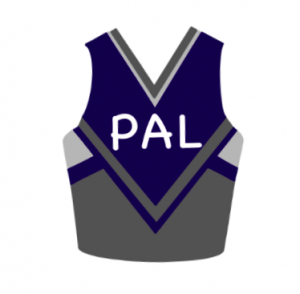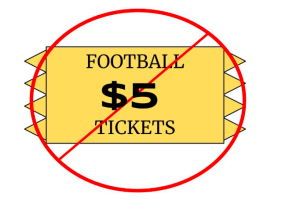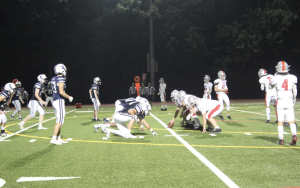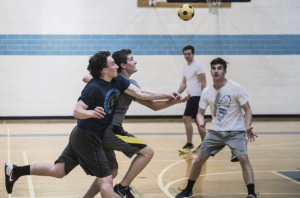More than pom pom shaking: what it really means to be a cheerleader
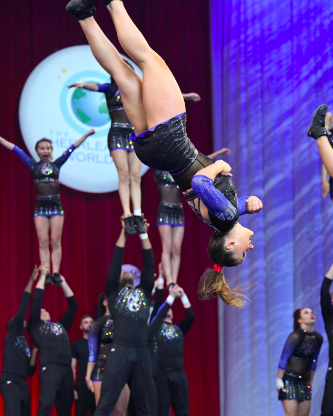
Photo contributed by Jenny Bradshaw ’23.
Cheerleader Jenny Bradshaw demonstrates a full, one of the most challenging tumbling skills, during her competition at the Cheerleading World Championships.
Ever since the first day of freshman year, I have always dreaded the typical ice breaker question, “What sport do you play?” I swallow my pride and utter the words, “I cheerlead.” Those two words are often followed by a giggle and, “Cheer isn’t a sport.” Who saw that coming? I sure did. Maybe that’s because all they’ve seen of cheerleaders in movies is the big bow in the perfectly curled hair, the short skirts and a football player by their side.
There is a deeper world of cheerleading that most people don’t know about. Competitive cheer –which is a sport that has become a huge part of my life– requires you to be a hard worker, have strength, a ton of stamina and to be flexible mentally and physically. If you ask me, these all sound like requirements that almost every sport has, though cheer is still not recognized as a sport by most despite its taxing requirements, and it often goes unrecognized at Staples.
Competitive cheerleading has one of the highest injury rates in high school sports. According to the National Center for Catastrophic Sport Injury Research (NCCSIR), cheerleading was the second most dangerous sport based on data taken from a 2018 study, only behind football.
Flyers (if the name hadn’t already given it away, that’s the cheerleader that goes in the air), are often 10 feet up and rely on their peers to hold them. According to Dr. Jennifer Hunnicutt, “Concussions are the most common head injury, with 96% of them being related to stunts.”
As a Flyer, I have dodged a concussion, but I have been dropped on my back, thrown onto my wrist, you name it.
Don’t get me wrong, football is an incredibly challenging as well as dangerous sport. People are getting tackled, thrown to the ground and are diving on the turf. However, people know, love and appreciate football as a sport. Why isn’t it the same for cheerleading?
Almost all sports are guaranteed a place to practice, something that all Staples activities deserve, though not all sports receive that same treatment. Cheerleading being one of them.
Last school year during the peak of competition season, the cheer team was often double booked with other activities in the field house, including ones that didn’t even involve Staples students, such as adult volleyball.
As a result of this, cheerleaders were forced into the corner while volleyballs frequently rolled onto the mat and soared through the air, putting everyone’s safety at risk. It was incredibly frustrating because we as cheerleaders actually attend the school, yet we were still given the short end of the stick.
Despite many cheerleaders and parents voicing their opinion about this, Athletic Director Marty Lisevick never found a solution to this problem. So, we spent every Monday and Friday for three months in the corner of the fieldhouse. It made many cheerleaders– including myself– wonder, if this was any other sport, would something have been done to accompany their practice needs?
It’s frustrating to have people not acknowledge the fact that competitive cheerleading is a sport. I think it is time that people open up their eyes to see what it really means to be a cheerleader beyond the horizons of standing on the sideline.

For Managing Editor Katherine Phelps ’25, Inklings has been in the family; she cites her sister, who was in Inklings from 2016-19, as her biggest motivator.
“I...













































